Pakistan — a bit of history to understand the present
The majority of British India's Muslim population was concentrated in two areas
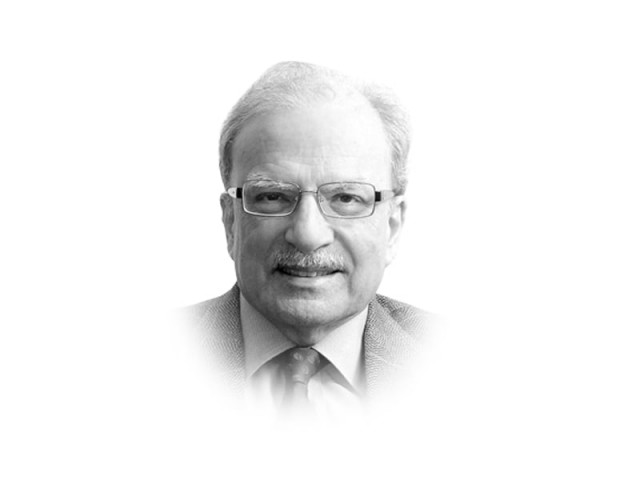
Around the middle of the eighteenth century, traders from the islands of Britain were attracted to the land they were to call "India", named after the Indus River. The river originated in Tibet and then flowed through Kashmir into Pakistan. In a vast delta south of Karachi, now Pakistan's largest city and once its capital, the river emptied itself into the sea. The British did not come to India to conquer but to trade. They came to India to buy handicrafts from the skilled workers who produced delicate fabrics from the locally grown cotton.
As they established their businesses, the areas' weak rulers offered some resistance which the British traders were able to overcome, sometimes with the help of local chiefs. Over time the British merchants were able to establish themselves as the rulers, laying the foundation of the British imperial raj. Their dominion over the vast land lasted for a couple of centuries. It was finally challenged by local politicians who took advantage of the way Britain had been weakened by its participation in the two world wars, the first fought from 1914 to 1919 and the second from 1939 to 1945.
The Indian independence movement was led by Mohandas Gandhi, a London-trained lawyer who launched a non-violent campaign against British rule after having tried the approach in South Africa. Gandhi's life as an ascetic and his pursuit of nonviolence as a weapon against the British colonisation of the country to which he originally belonged, became the model that other activists like Martin Luther King were to follow.
In the early 1940s, the government in London headed by the Labor Pary leader Clement Attlee decided to leave India and transfer power to the leaderships of the Hindu dominated Congress Party and the Muslim dominated All-India Muslim League. This transfer took place after Attlee had agreed to divide the Indian colony into two states, India and Pakistan. India was to be a predominantly Hindu country while Pakistan was to have a Muslim population. The partition of the British colony led to what was to be later called "ethnic cleansing".
As I estimated in my first book on Pakistan, fourteen million people moved from one country to the other. Eight million Muslims who were left on the Indian side of the border gave up their homes and headed towards Pakistan, while six million Hindus and Sikhs went in the other direction. They traveled mostly on foot and there were attacks on them by the members of the other communities. About a million people died in this mass transfer, some because of exhaustion and some because of communal killing. Khushwant Singh, a popular writer who wrote in English, published a widely read book on these moves. He called it The Train to Pakistan.
More than half of the Muslim migrants headed to Karachi, which was chosen to be the new country's capital. The new arrivals spoke mostly Urdu while those who went to the Pakistani part of the province of Punjab were mostly Punjabi speaking. Punjabi was the language of the area they came from and settled on the lands the Sikh farmers had tilled before they pulled out their roots and headed to India.
The majority of British India's Muslim population was concentrated in two areas: one in the northwest and the other in the northeast. The two together had a total of 65 million people, equally divided between the two regions. For a quarter century, these two areas were parts of the new state of Pakistan, mostly called the "wings" of the two countries. The wings were separated by a thousand miles of Indian territory. The remaining 35 million Muslims stayed in India, scattered in several areas in the vast domain.
Muhammad Ali Jinnah was the founder of the Pakistani state. He belonged to the Khoja community, which was concentrated in the city of Karachi. This was one reason why that city was chosen to be Pakistan's first capital. It became what Stephen Inskeep, an American social scientist, called the Instant City. He called Karachi the instant city since within a matter of a few years, it was turned from a small port to a mega capital of millions of people. It was to remain Pakistan's capital for fourteen years. In 1958, General Ayub Khan threw out the civilian-led government and replaced it with the one dominated by the military.
Ayub Khan's military rule was the first of four that were to govern Pakistan until 2008. In a long interview I had with him a few months before he died in Islamabad in 1974 at the age of 66, he asked me about the book I was writing on Pakistan. "Would you deal with the period when I governed Pakistan?" he asked me. I answered by saying no serious work on Pakistan would ignore his period. I said that in my view his eleven years in office, from 1958 to 1969, were the "golden years of Pakistan's nationhood". When I was a graduate student at Harvard University for several years, a number of books appeared on Pakistan written by Harvard economists who had served in the country's Planning Commission. They were of the view that the success achieved by Pakistan in the Ayub period could serve as a model for other developing countries to follow.
Visibly pleased with my response, he said, "but Zulfie doesn't think so." This was a reference to the campaign launched by Zulfikar Ali Bhutto who had served in his cabinet for several years, first as Commerce Minister and then as Minister in charge of Foreign Affairs. It was in the second position which he had that Pakistan become a close ally of China, accusing Ayub Khan of having become an American slave. Ayub Khan responded to this accusation by titling his memoirs, Friends Not Masters.
India's Hindu population were not happy that a large number of Muslims over whom they would have liked to rule managed to get away and create a state of their own. However, there are 200 million Muslims who still live in India, the country the Hindu nationalists now like to call Bharat. To dominate this segment of the Indian population is seen as an unfinished business. Under Prime Minister Narendra Modi, India has abandoned its effort to be an inclusive place, tolerant of diversity. Its preference is to identify itself as primarily a Hindu state and changing the country's name from India to Bharat.

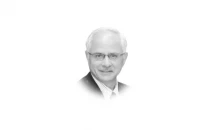
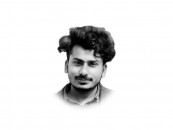
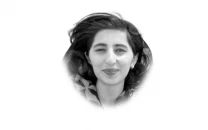

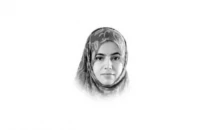
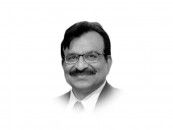
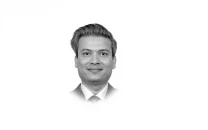
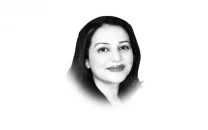

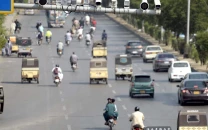
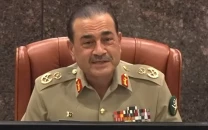
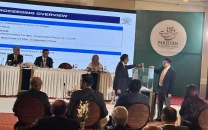
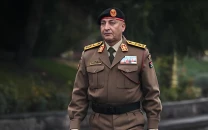



COMMENTS
Comments are moderated and generally will be posted if they are on-topic and not abusive.
For more information, please see our Comments FAQ